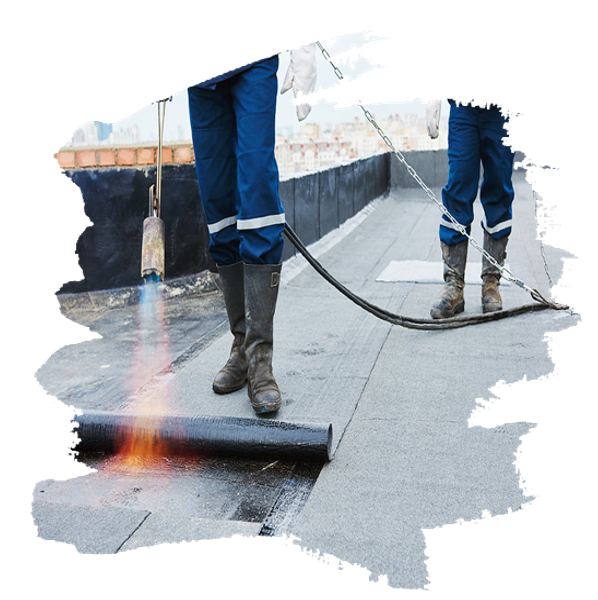
How Is Roof Waterproofing Done?
It is a very possible scenario that a building whose roof water insulation is not done thoroughly leaks water when it rains and snows. Water seeps into the building through holes and dents on the roof and damages the building.
Roof insulation should be done by experts using the right materials. Concrete should be made waterproof with waterproof materials suitable for roofs, the coating should be applied, the edges of the coating should be beveled, drainage systems should be installed to prevent the formation of water puddles, and the process should be finished with a suitable paint or coating material as the top layer.
Which Materials Are Used For Roof Waterproofing?
It is important to use the right insulation materials to protect roofs from rain and snow. When it comes to roof insulation, the question of which waterproofing membranes should you use for roof is another important question asked to define the right insulation system.
When roof waterproofing materials are mentioned, asphalt and bitumen-based liquid materials that are used for waterproofing, membranes, paints, and supplementary materials such as chamfer tapes, mastic come to mind. Apart from this, materials such as tile plating and roof tiles are also used as roof water insulation materials.
Waterproofing membranes are among the most preferred coating materials for roof insulation. Waterproofing membranes also appear as waterproofing covers and bitumen-based liquid membranes.
Bitumen-based waterproofing materials are among the most preferred and widely used waterproofing materials in the construction industry. This material is highly preferred for roof insulation with its ease of use, price/performance advantage.

